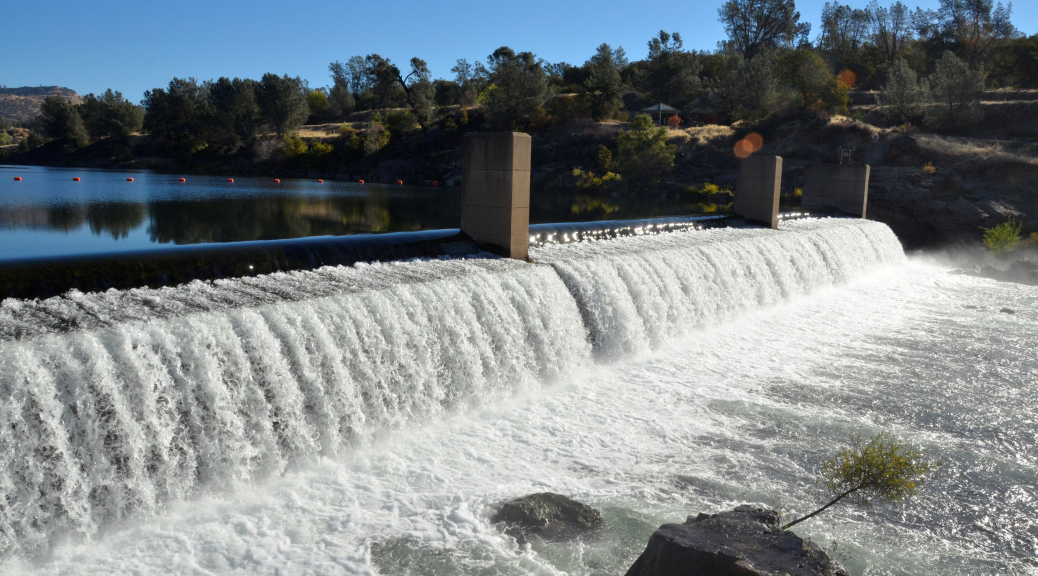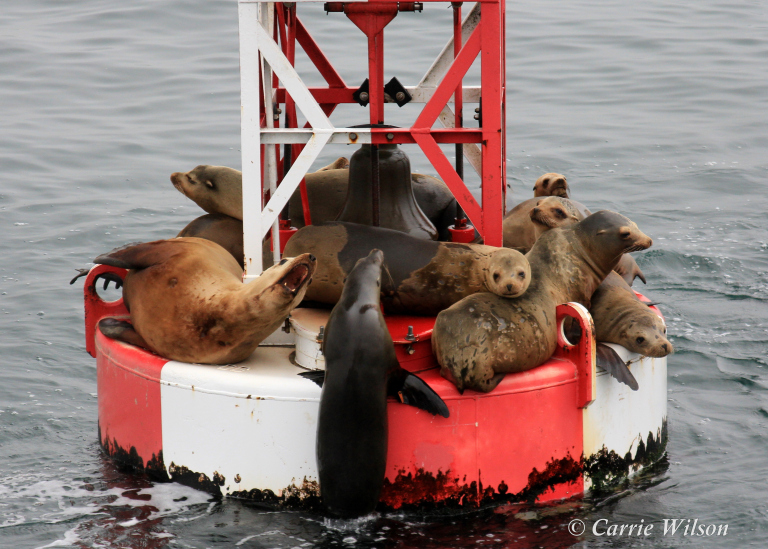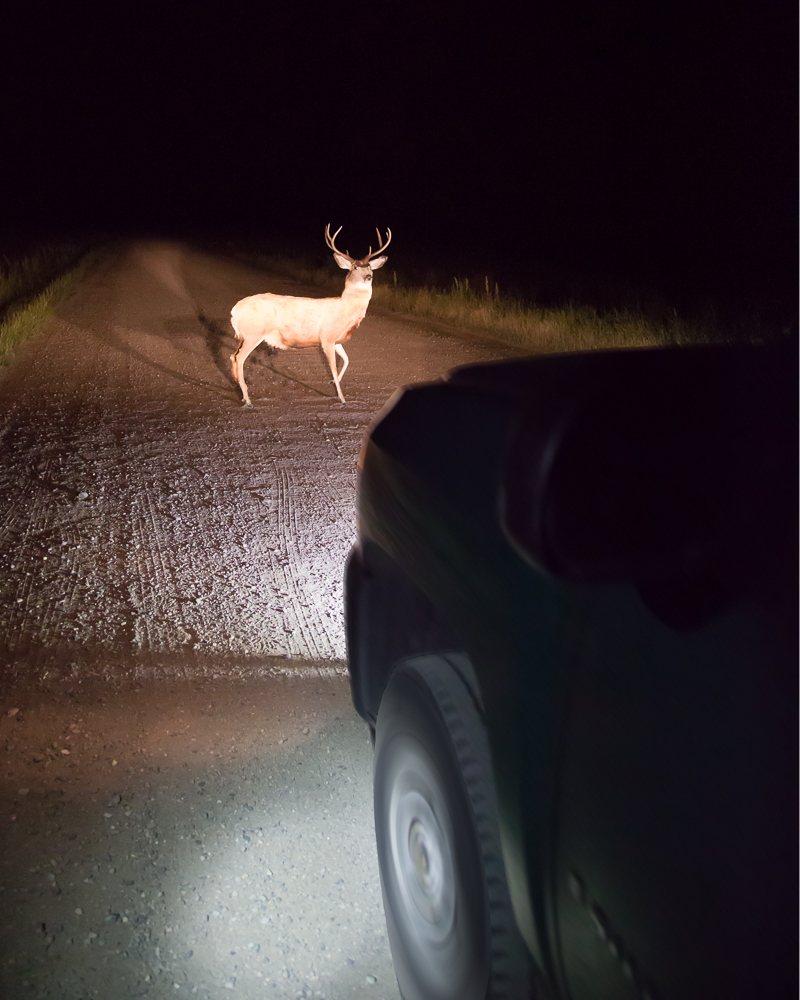Feather River Hatchery Salmon Ladder Now Open

by CDFW
9-18-2017
Website
The fish ladder at Feather River Hatchery in Oroville opened Monday, Sept. 18, signaling the start of the spawning season on the Feather River. California Department of Fish and Wildlife (CDFW) hatchery workers opened the gates in the ladder about 8 a.m. Normally more than 3 million spring-run eggs and 12 million fall-run eggs are taken over the next two months in order to produce Chinook salmon for release next spring.
Visitors can observe the salmon through the viewing windows and from the observation deck located at the base of the fish barrier dam. At the main side of the hatchery, visitors can observe CDFW technicians performing the spawning process.
The public viewing areas have been repaired and are safe for the public after sustaining damage in the aftermath of the Oroville Dam spillway incident in February.
As the fall fishing season begins, CDFW reminds anglers to release any fish tagged with green and yellow Hallprint tags located on the dorsal fin. These tags have no monetary value and are used to identify spring-run salmon, a state and federally listed threatened species that cannot be possessed.
Thousands of school children tour the Feather River Hatchery each year. For more information about spawning schedules and educational opportunities at the Feather River Hatchery, please call (530) 538-2222. For information about hatchery tours, please call (530) 534-2306.
There are nine state-run anadromous salmon and steelhead hatcheries, all of which will participate in the salmon spawning effort. Those hatcheries, along with federally run hatcheries, will be responsible for the release of 40 million juvenile fall-run Chinook salmon into California waters. These massive spawning efforts were put in place over the last 50 years to offset fish losses caused by dams that block salmon from historic spawning habitat.
Once the young salmon reach 2 to 4 inches in length, 100 percent of the spring-run stock and 25 percent of the fall-run stock will be adipose fin clipped and implanted with coded wire tags prior to release. CDFW biologists use the information from the tags to chart the survival, catch and return rates of the fish.
For more information about California’s fish hatcheries, please visit .gov/fishing/hatcheries.
More Reports

9-15-2017
(This column originally ran on Sept. 17, 2015.) Question: Is there anything I can do to deter or discourage sea lions from...... Read More

9-15-2017
Caltrans and the California Department of Fish and Wildlife (CDFW) remind motorists to remain alert for wildlife on roadways during...... Read More
